|
||||||||||
|
|
||||||||||
|
||||||||||
|
|
||||||||||
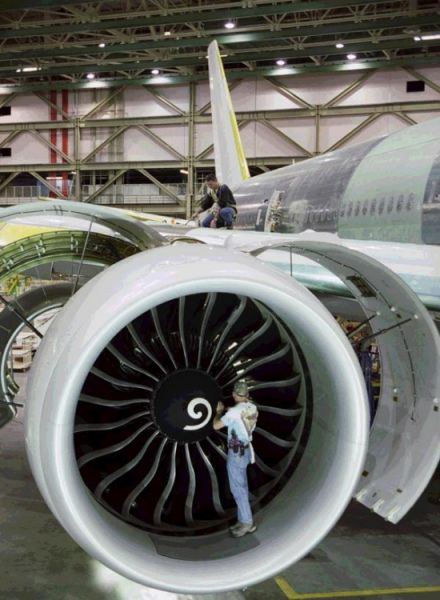
The purpose of this pattern is to provide ground personnel with a visual cue that the engine is actually turning. This simple warning is an important safety feature that can often prevent tragic accidents when personnel are working near rotating engines. This precaution dates back to at least the 1930s when spirals appeared on the spinners of many propeller-driven aircraft. Otherwise, a propeller rotating at high revolutions per minute can become nearly invisible and very difficult to see to an observer on the ground. For example, think of the spinning blades of an electric fan or ceiling fan. As the speed of rotation increases, the blades become increasingly difficult to see. Just ask my sister about that since she's legendary for stumbling into moving fans that she couldn't tell were on!
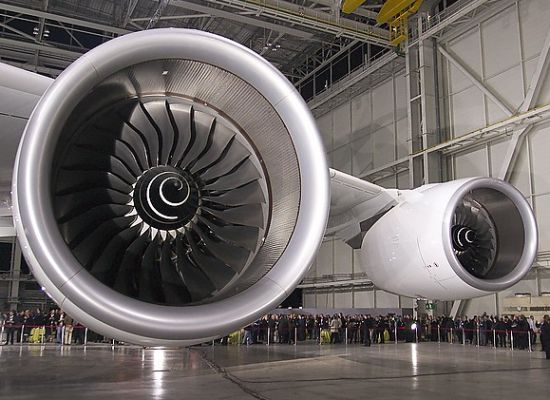
While one might imagine that the noise and airflow of a spinning engine ought to be enough to indicate that the engine is operating, bear in mind that airfields are also typically noisy and busy places to begin with. It might not always be obvious whether the loud engine a mechanic hears is the one he's walking towards or one on another of the dozen planes that might be along the same flight line. Any personnel who mistakenly walked into the spinning propeller blades would be gruesomely injured and probably killed, so it probably did not take many such accidents like these to encourage the introduction of a visual warning.
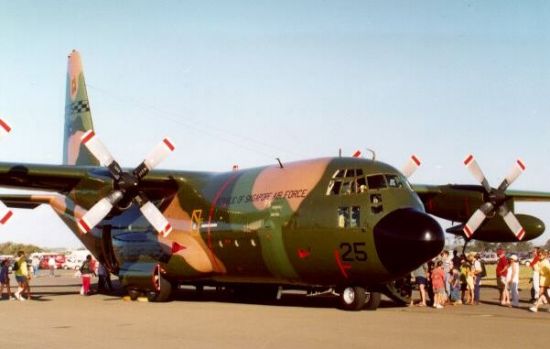
The primary limitation of the spiral is that it can only be seen from the front. As a result, most propellers also feature painted bars located on the tips that can be seen from virtually any direction. Examples of these painted blade tips can be seen in the above picture of a C-130 Hercules
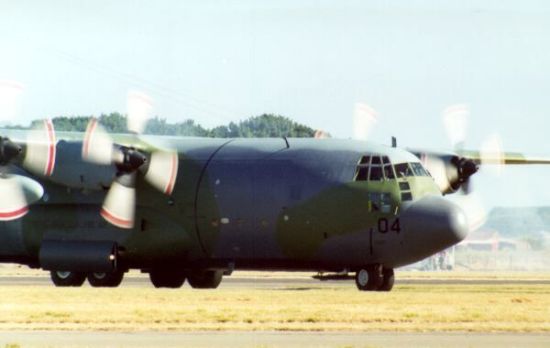
Like the spiral pattern seen on jet engines, these blade tip bars make the propeller disk much easier to see when it is in rotation. Note how visible these markings remain on another C-130 seen above during taxi.
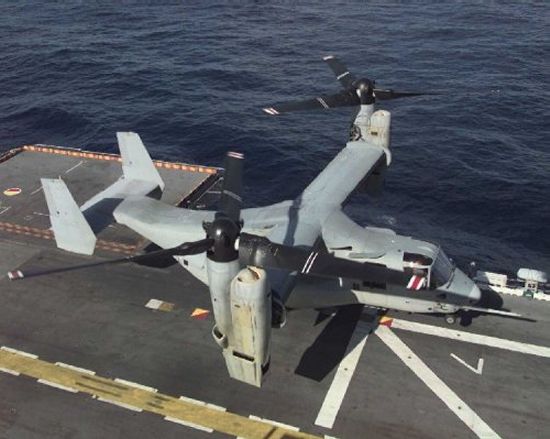
Perhaps the most extreme example of rotating propeller blades can be seen on the V-22 Osprey with its enormous tilting rotors. These disks are so large that brightly colored bars have been painted on not only the tips but also in the middle of the blades to further improve visibility when the rotors are in motion.

Similar markings are also common on other aircraft components that spin at a high rate and could endanger the safety of nearby persons. One of the most obvious examples is the tail rotor commonly used on most helicopters.
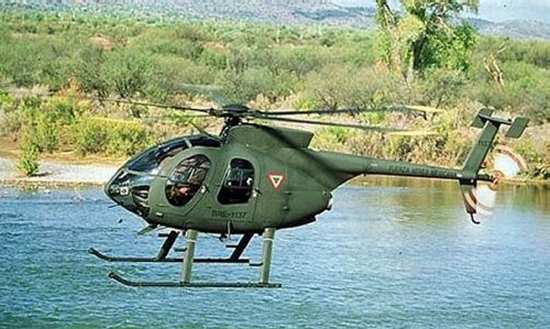
These markings can be clearly seen in the above picture of an MD 500
helicopter. Note that not only is the rapidly spinning tail rotor clearly visible, but bright yellow bars can also
be seen on the tips of the main rotor blades making them easier to see as well.
- answer by Joe Yoon, 19 June 2005
Read More Articles:


|
Aircraft | Design | Ask Us | Shop | Search |

|
|
| About Us | Contact Us | Copyright © 1997-2023 | |||
|
|
|||